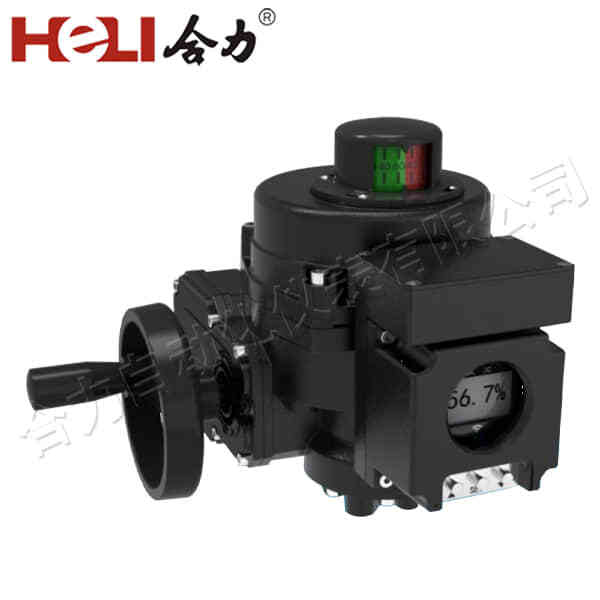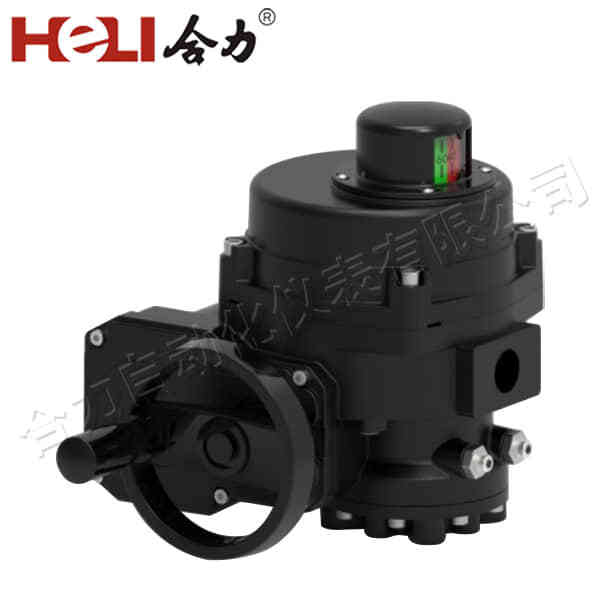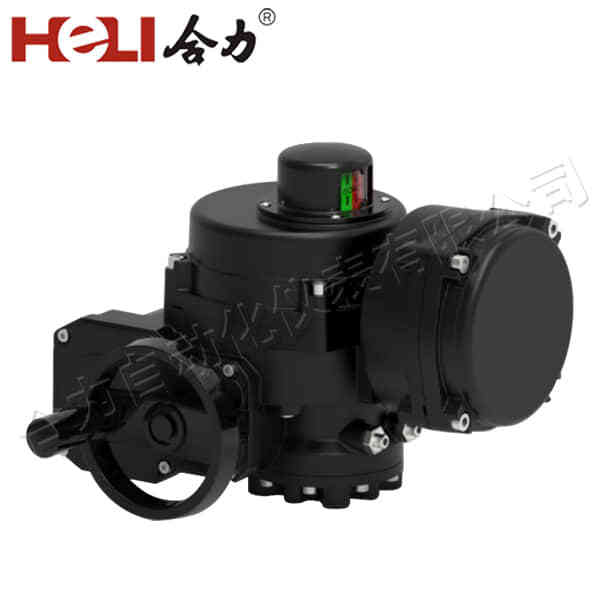Electric actuators are crucial components in modern engineering systems, offering a reliable solution for converting electrical energy into mechanical motion. These devices are used in a wide array of applications, ranging from robotics and automotive systems to industrial machinery and home automation. The versatility and precision of electric actuators make them an essential part of many technologies that require motion control. In this article, we will explore what electric actuators are, the different types available, and the various industries in which they are applied.

What is an Electric Actuator?

An electric actuator is a device that converts electrical energy into mechanical motion. It works by using electric motors to drive a mechanical system, which then performs a specific action. Electric actuators are designed to create either linear or rotary motion, depending on the application. Unlike pneumatic or hydraulic actuators, which rely on air or fluid pressure, electric actuators are controlled by electrical signals, making them more efficient, precise, and easier to integrate with electronic control systems. The basic components of an electric actuator include the motor, gears, and a drive mechanism. The motor is the core component, and it is responsible for providing the motion. Depending on the actuator’s design, the motor can be a DC motor, AC motor, or stepper motor. The motor is connected to a mechanical system such as a screw, pulley, or gear mechanism, which converts the rotational motion into the desired linear or rotary output.
